Family of Washington, D.C. Air Crash Victim Sues Government, Airlines After Deadly Collision
The family of a victim in the Washington, D.C. airliner-helicopter collision that killed 67 people has sued the government, FAA, Army, and airlines, alleging negligence after years of ignored near misses.
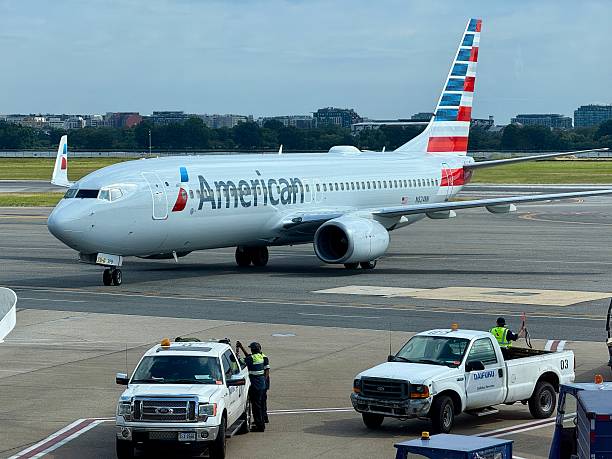 US-TRANSPORTATION-AVIATION-AMERICAN
US-TRANSPORTATION-AVIATION-AMERICANThe family of one of the 67 people killed when an airliner collided with an Army helicopter over Washington, D.C., on Wednesday filed a lawsuit against the government and the airlines involved, accusing them of failing to recognize warning signs after more than 30 documented near misses in the area.
Other families are expected to join the first lawsuit, which seeks to hold the Federal Aviation Administration, the Army, American Airlines and its regional partner, PSA Airlines, accountable for the deadliest U.S. plane crash since 2001. PSA Airlines operated Flight 5342, which crashed on Jan. 29. The lawsuit claims the airlines and government agencies “utterly failed in their responsibilities to the traveling public.”

The airlines, Army and FAA did not immediately respond to the lawsuit Wednesday.
The case was filed by the widow of Casey Crafton of Connecticut, who is raising three young boys without her husband. Her lawyers also represent the majority of the families of those killed in the crash.
The National Transportation Safety Board has already identified a long list of factors that likely contributed to the crash, although its final report determining the cause will not be ready until next year.
Investigators said the Black Hawk helicopter was flying well above the 200-foot (60-meter) limit, but even if it had been at the correct altitude, its route provided only 75 feet (23 meters) of separation from planes landing on Ronald Reagan Washington National Airport’s secondary runway. Flight data showed the helicopter was actually flying 80 to 100 feet (24 to 30 meters) higher than the altimeter indicated to the pilots before the collision.
The NTSB has also said the FAA failed to recognize an alarming pattern of near misses at the airport in the years before the crash and ignored concerns about helicopter traffic around Reagan National. Overworked controllers were trying to squeeze in as many planes as possible with minimal separation on a regular basis, according to investigators.
The lawsuit alleges that airlines failed to protect passengers despite being aware of numerous incidents in which helicopters flew close to commercial aircraft. It argues that pilots were not adequately trained or informed about helicopter routes and that other airline policies contributed, including allowing pilots to accept alternative runways intersecting with helicopter paths and scheduling heavy traffic in the second half of each hour.
“There is clear evidence that there were dozens of near-misses and thousands of reports of congestion between commercial aircraft and military aircraft at Reagan National that were being ignored by the airlines,” said lawyer Bob Clifford, who is representing the families.
The lawsuit also contends that PSA pilots should have reacted sooner when they received an alert about nearby traffic 19 seconds before the crash, rather than waiting until the last second to pull up. The pilots’ warning system displayed a yellow icon showing the relative direction and altitude of the Army helicopter, according to the filing.
Among the passengers on Flight 5342 were several members of the Skating Club of Boston, returning from an elite junior skaters’ camp following the 2025 U.S. Figure Skating Championships in Wichita, Kansas. A tribute event in Washington raised $1.2 million for victims’ families.
Others on board included a group of hunters returning from a guided trip in Kansas, four members of a steamfitters’ union from suburban Maryland, nine students and parents from Fairfax County, Virginia, and two Chinese nationals. Four crew members on the plane and three people in the helicopter’s crew were also killed.
Many of the travelers had packed heavily for their trips, from sports equipment to hunting gear, highlighting how quickly lives and belongings can be upended in tragedies like this. In fact, safety experts often note the importance of durable, organized travel gear in emergency or high-pressure scenarios — much like the 5.11 Tactical Backpack Rush 72 2.0, a 55-liter military Molle pack with multiple compartments designed for heavy loads and critical missions.
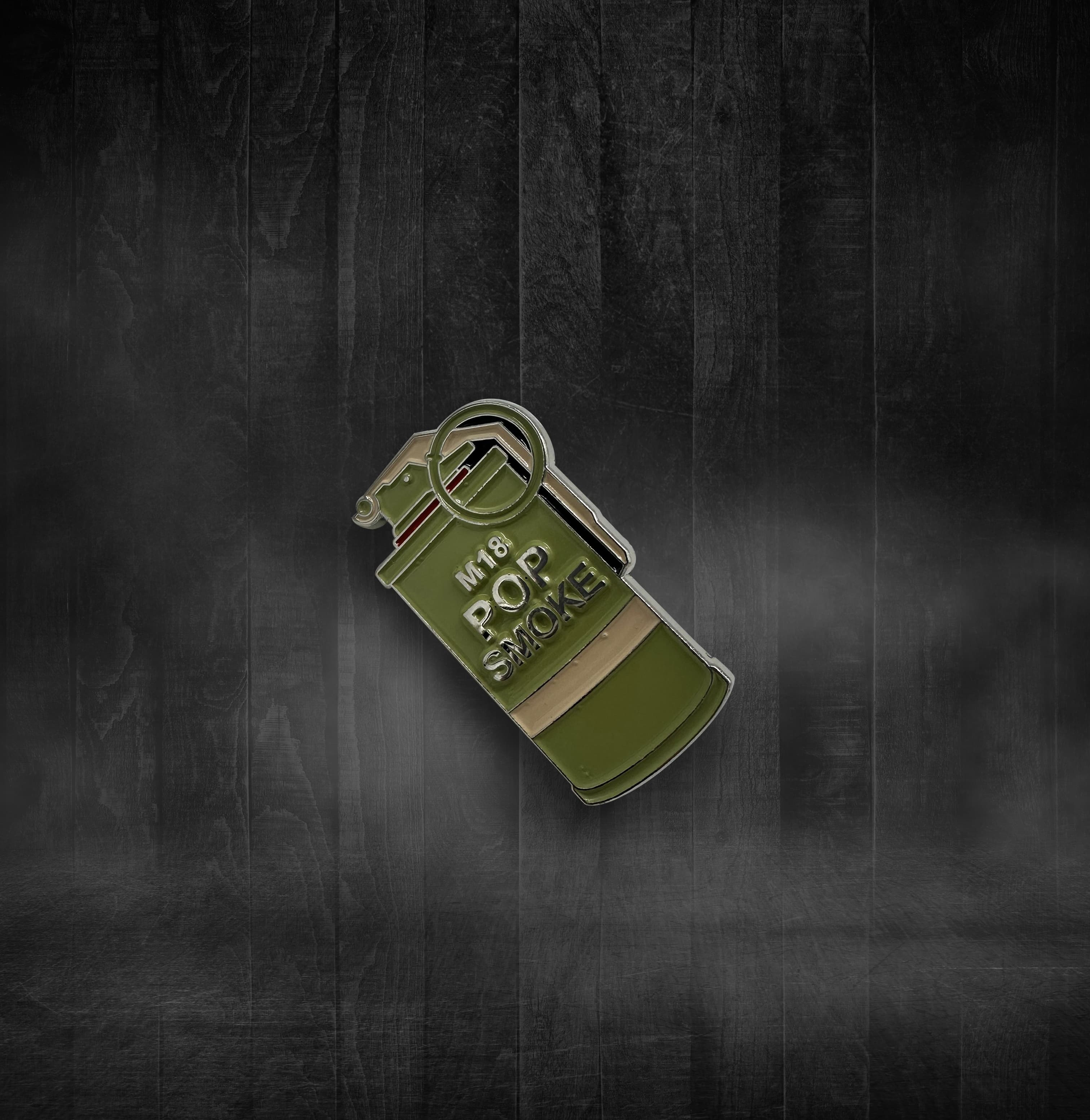


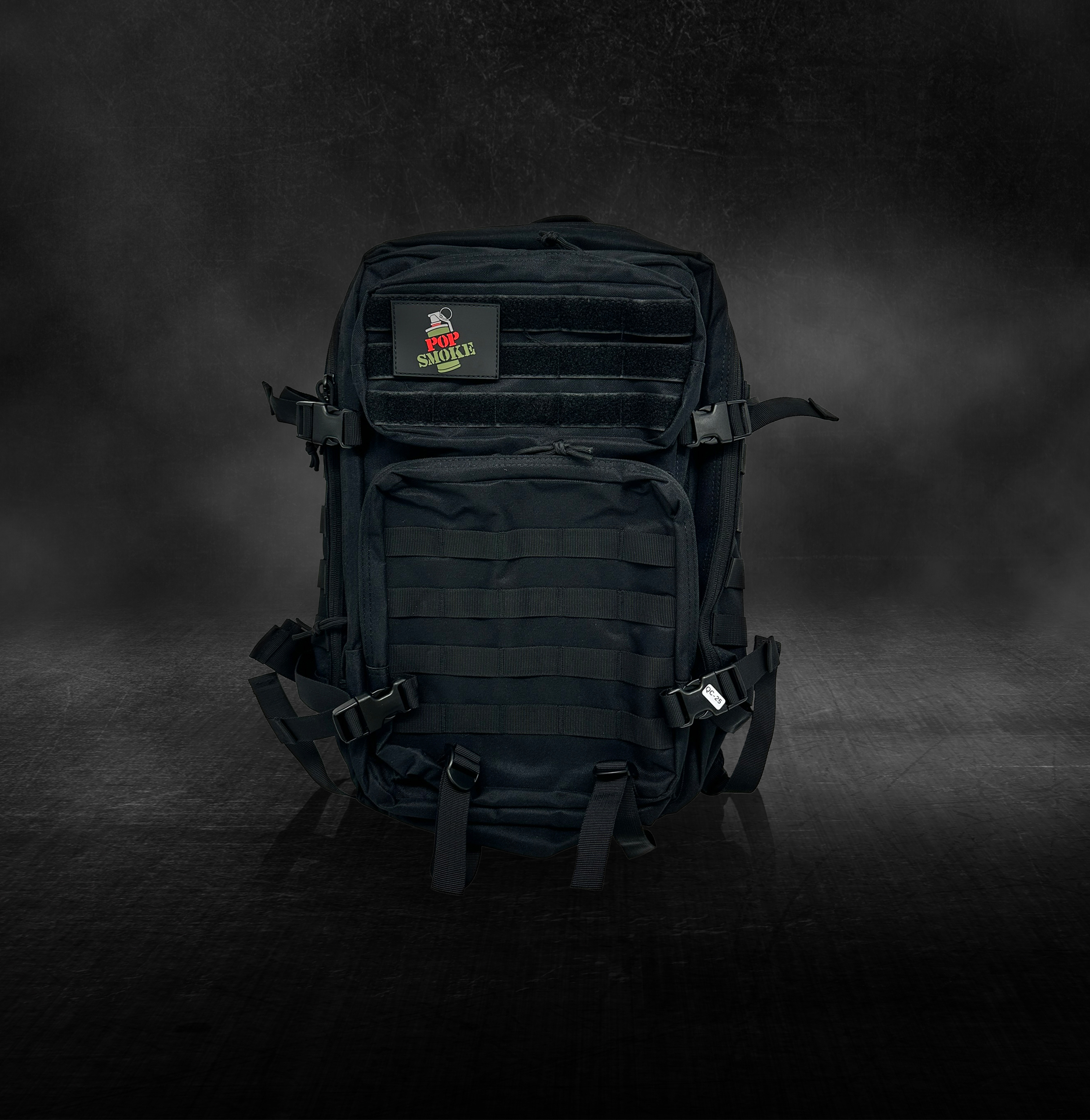
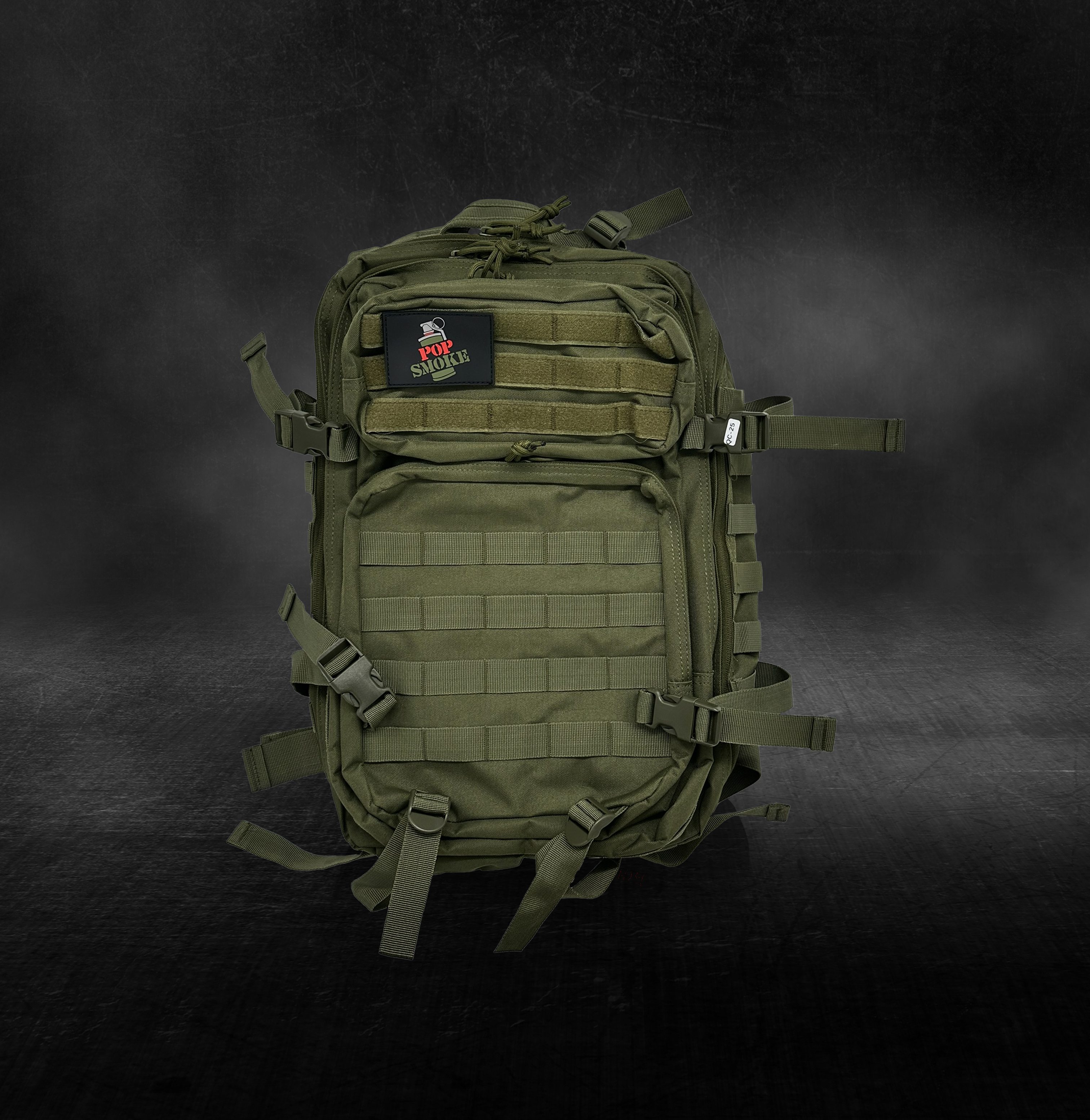
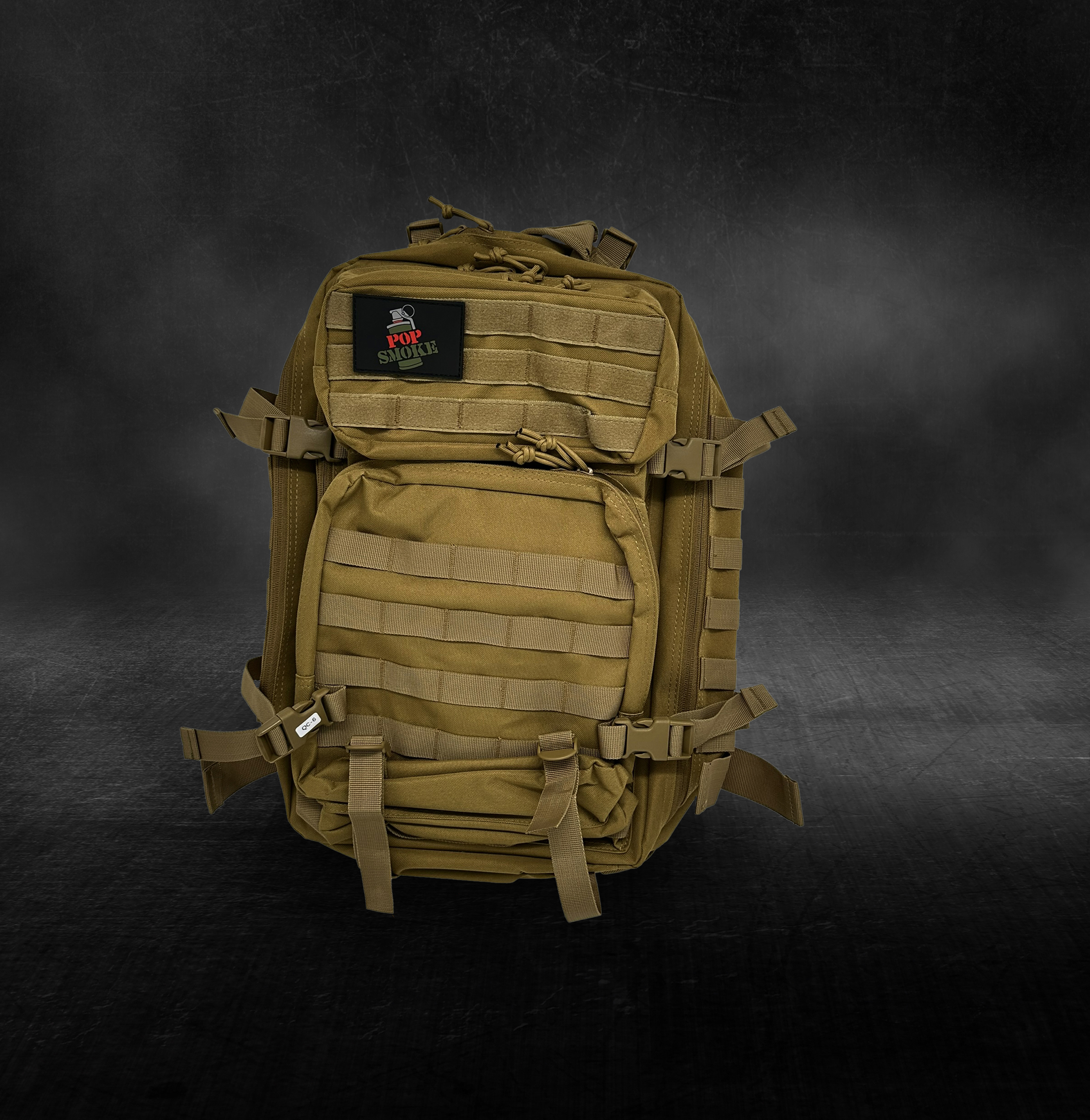

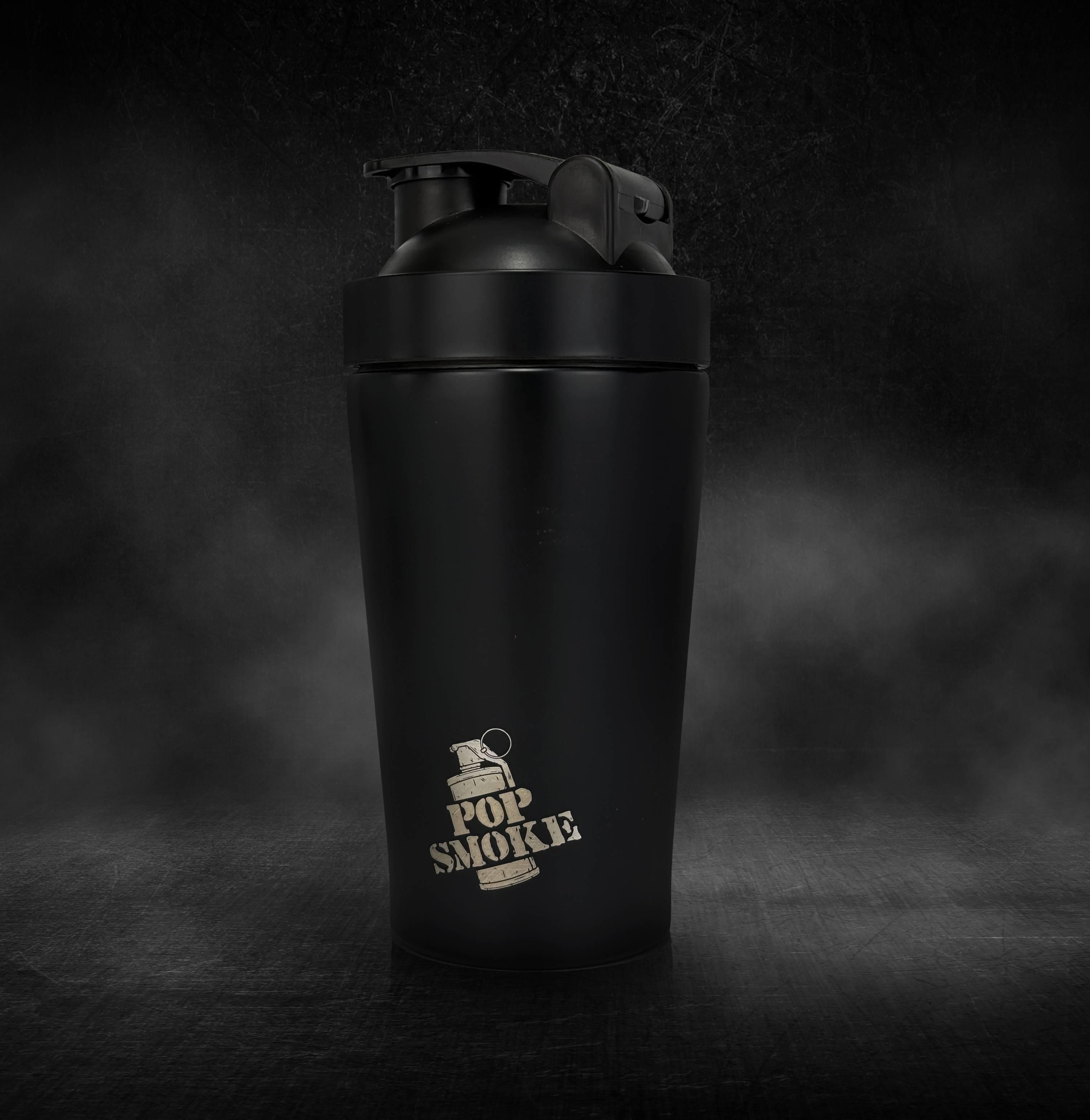
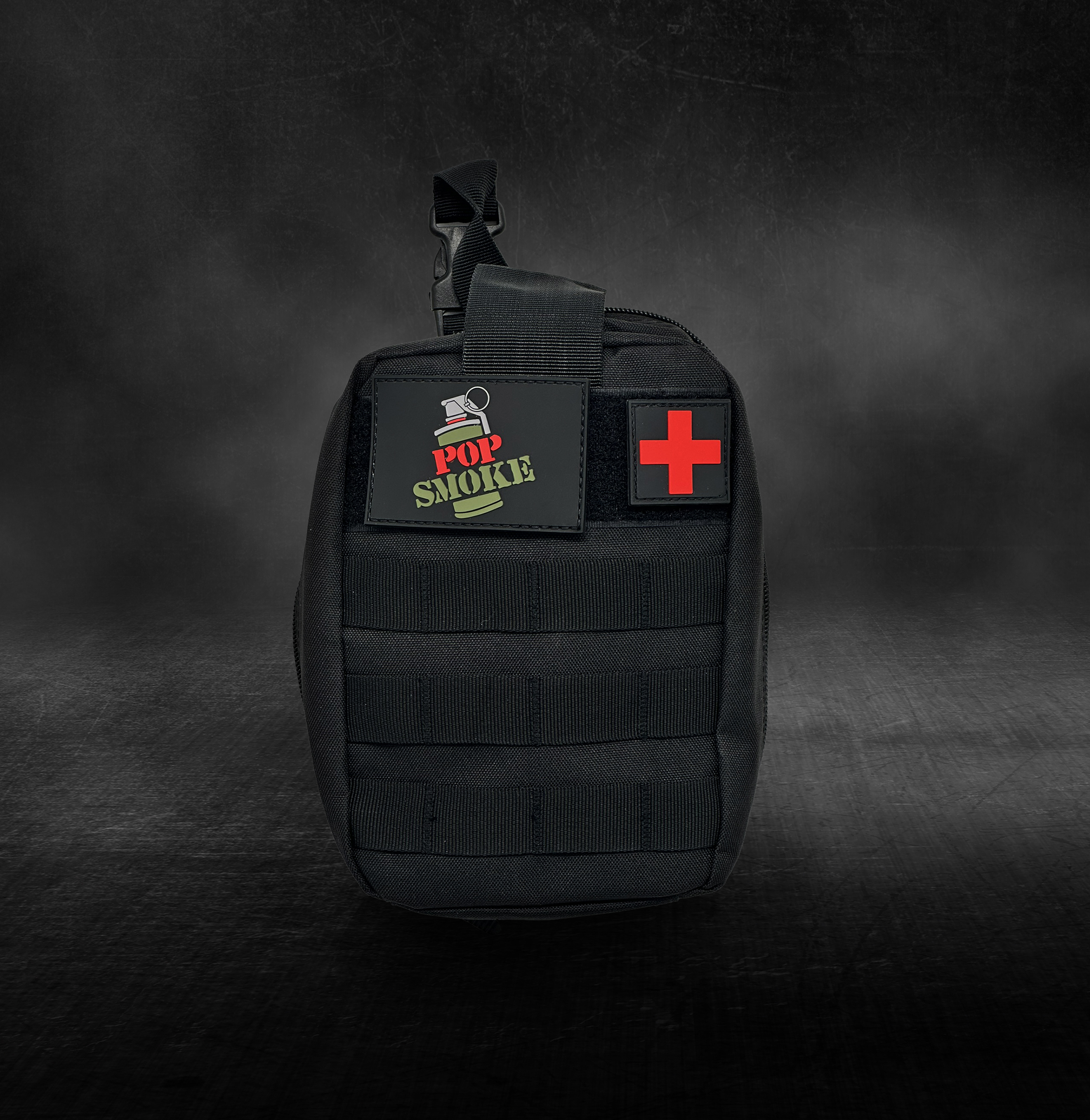





.jpg)

Conversation